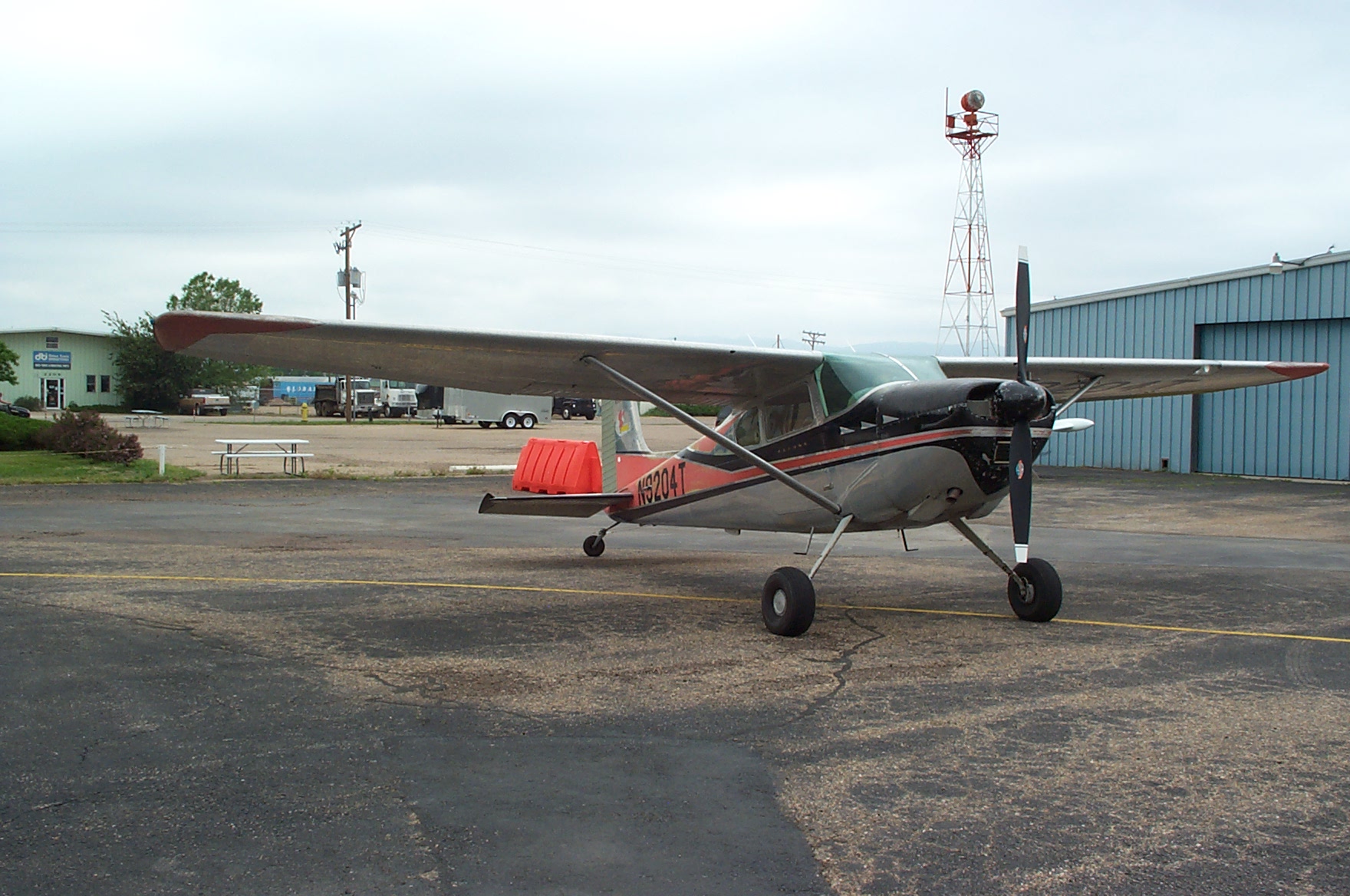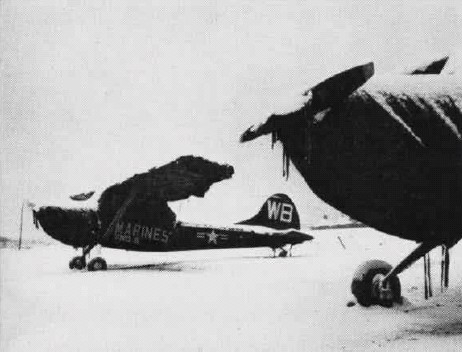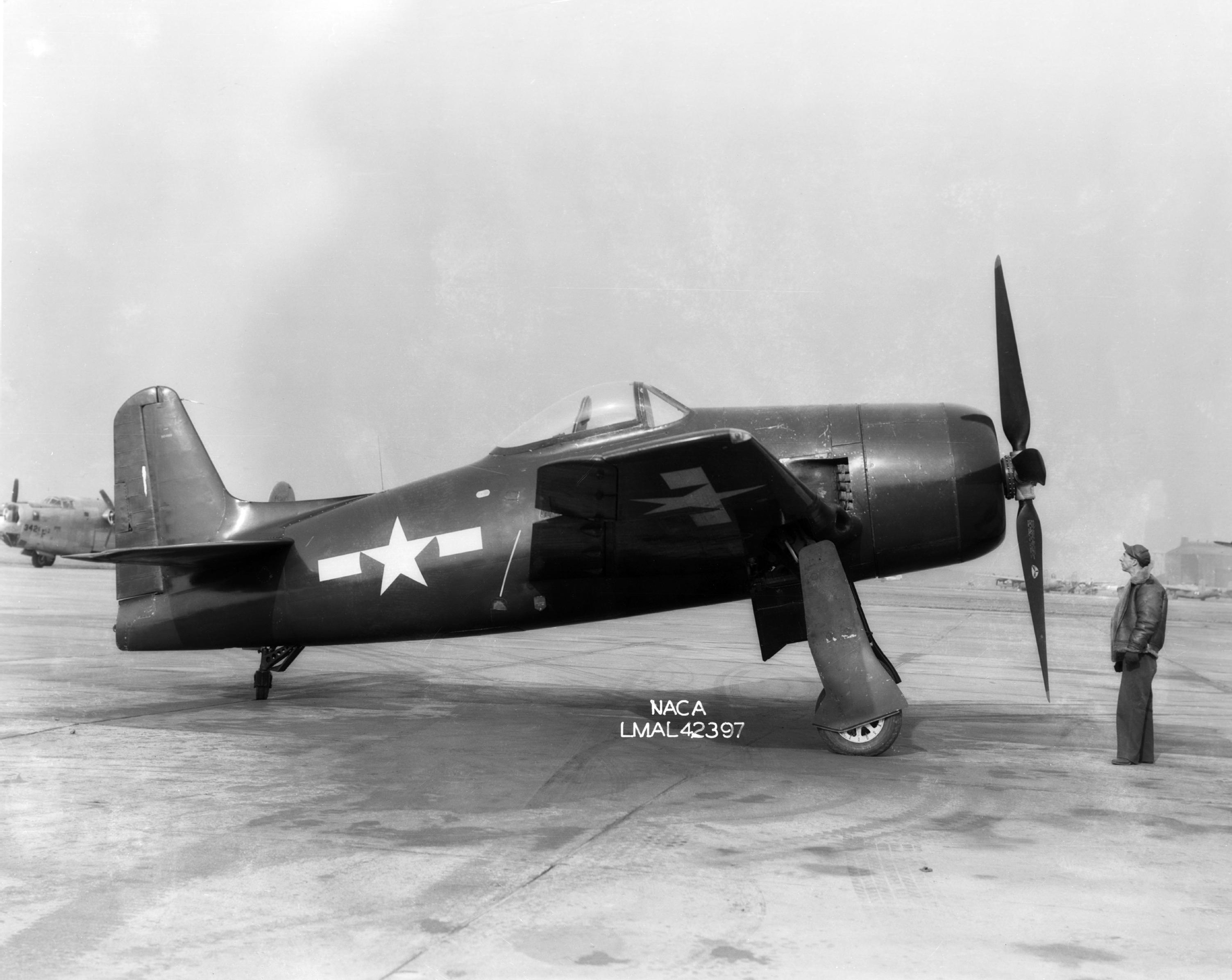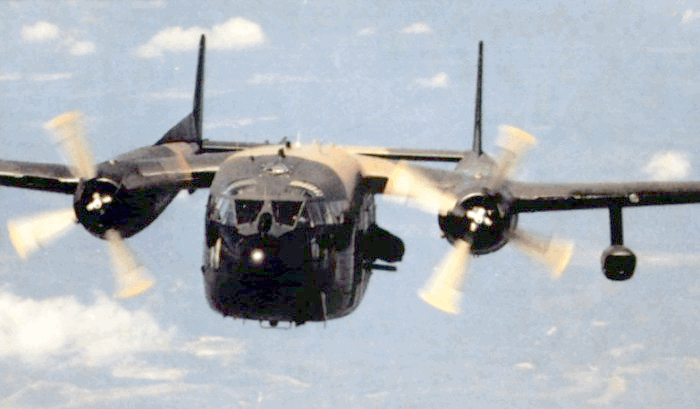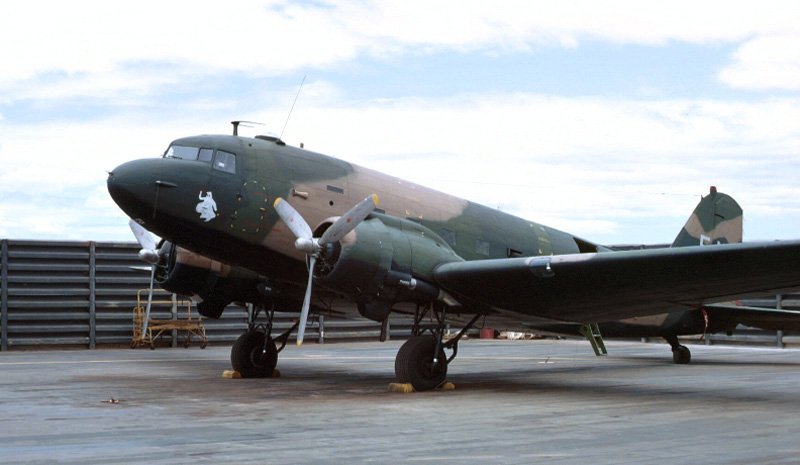|
Republic Of Vietnam Air Force
The South Vietnam Air Force, officially the Republic of Vietnam Air Force (RVNAF; vi, Không lực Việt Nam Cộng hòa, KLVNCH; french: Force aérienne vietnamienne, FAVN) (sometimes referred to as the Vietnam Air Force or VNAF) was the aerial branch of the Republic of Vietnam Military Forces, the official military of the Republic of Vietnam (South Vietnam) from 1955 to 1975. The RVNAF began with a few hand-picked men chosen to fly alongside French pilots during the State of Vietnam era. It eventually grew into the world's fourth largest air force at the height of its power, in 1974, just behind the Soviet Union, the USA, and the People's Republic of China. Other sources state that VNAF was the sixth largest air force in the world, just behind the Soviet Union, the USA, China, France and West Germany. It is an often neglected chapter of the history of the Vietnam War as they operated in the shadow of the United States Air Force (USAF). It was dissolved in 1975 after the Fal ... [...More Info...] [...Related Items...] OR: [Wikipedia] [Google] [Baidu] |
South Vietnam
South Vietnam, officially the Republic of Vietnam ( vi, Việt Nam Cộng hòa), was a state in Southeast Asia that existed from 1955 to 1975, the period when the southern portion of Vietnam was a member of the Western Bloc during part of the Cold War after the 1954 division of Vietnam. It first received international recognition in 1949 as the State of Vietnam within the French Union, with its capital at Saigon (renamed to Ho Chi Minh City in 1976), before becoming a republic in 1955. South Vietnam was bordered by North Vietnam to the north, Laos to the northwest, Cambodia to the southwest, and Thailand across the Gulf of Thailand to the southwest. Its sovereignty was recognized by the United States and 87 other nations, though it failed to gain admission into the United Nations as a result of a Soviet veto in 1957. It was succeeded by the Republic of South Vietnam in 1975. The end of the Second World War saw anti-Japanese Việt Minh guerrilla forces, led by communist fi ... [...More Info...] [...Related Items...] OR: [Wikipedia] [Google] [Baidu] |
Dassault MD 315 Flamant
The Dassault MD 315 Flamant is a French light twin-engined transport airplane built shortly after World War II by Dassault Aviation for the French Air Force. Design and development Design work on a twin-engined light transport started in 1946 with the MD 303, a development of an earlier project for an eight-seat communications aircraft, the Marcel Bloch MB-30. The prototype MD 303 first flew on 26 February 1947 powered by two Béarn 6D engines, designed to meet a French Air Force requirement for a colonial communications aircraft. A re-engined version was ordered into production at the new Dassault factory at Bordeaux-Mérignac. The production aircraft was a low-wing monoplane with twin tail surfaces and a tricycle undercarriage, powered by two Renault 12S piston engines. Three main versions of the aircraft now named Flamant (Flamingo in French) were produced. The MD 315 ten-seat colonial communication aircraft (first flown on 6 July 1947), the MD 312 six-seat transport aircraft ... [...More Info...] [...Related Items...] OR: [Wikipedia] [Google] [Baidu] |
Cessna 180
The Cessna 180 Skywagon is a four- or six-seat, fixed conventional gear general aviation airplane which was produced between 1953 and 1981. Though the design is no longer in production, many of these aircraft are still in use as personal aircraft and in utility roles such as bush flying.Christy, Joe ''The Complete Guide to the Single-Engine Cessnas'' 3rd ed, TAB Books, Blue Ridge Summit PA USA, 1979, pp 29–39 Development Cessna introduced the heavier and more powerful 180 as a complement to the Cessna 170. It eventually came to be known as the Skywagon. The prototype Cessna 180, N41697, first flew on May 26, 1952. Cessna engineering test pilot William D. Thompson was at the controls. In all its versions, 6,193 Cessna 180s were manufactured. In 1956, a tricycle gear version of this design was introduced as the Cessna 182, which came to bear the name Skylane. Additionally, in 1960, Cessna introduced a heavier, more powerful sibling to the 180, the conventional gear Cessna ... [...More Info...] [...Related Items...] OR: [Wikipedia] [Google] [Baidu] |
O-2 Skymaster
The Cessna O-2 Skymaster (nicknamed "Oscar Deuce") is a military version of the Cessna 337 Super Skymaster, used for forward air control (FAC) and psychological operations (PSYOPS) by the US military between 1967 and 2010. Design and development In 1966, the United States Air Force (USAF) commissioned Cessna to build a military variant of the Skymaster to replace the Cessna O-1 Bird Dog. Both the civilian and military Skymasters were low-cost twin-engine piston-powered aircraft, with one engine in the nose of the aircraft and a second in the rear of the fuselage. The push-pull configuration provided centerline thrust, allowing simpler operation than the low-wing mounting of most twin-engine light aircraft, and allowed a high wing to be used, providing clear observation below and behind the aircraft. Modifications made for the military configuration included fore-and-aft seating for a pilot and observer, instead of the six seats of the civilian version; installation of vie ... [...More Info...] [...Related Items...] OR: [Wikipedia] [Google] [Baidu] |
O-1 Bird Dog
The Cessna L-19/O-1 Bird Dog is a liaison and observation aircraft. It was the first all-metal fixed-wing aircraft ordered for and by the United States Army following the Army Air Forces' separation from it in 1947. The Bird Dog had a lengthy career in the U.S. military, as well as in other countries. Design and development The U.S. Army was searching for an aircraft that could adjust artillery fire, as well as perform liaison duties, and preferably be constructed of all metal, as the fabric-covered liaison aircraft used during World War II (primarily Stinson and Piper products) had short service lives. After the specification for a two-seat liaison and observation monoplane was issued the Cessna Aircraft Company submitted the Cessna Model 305A, a development of the Cessna 170. The Cessna 305A was a single-engine, lightweight, strut-braced, high-wing monoplane with a tailwheel landing gear. The greatest difference from the Cessna 170 was that the 305A had only two seats, in ... [...More Info...] [...Related Items...] OR: [Wikipedia] [Google] [Baidu] |
Fieseler Fi 156
The Fieseler Fi 156 ''Storch'' (, " stork") was a German liaison aircraft built by Fieseler before and during World War II. Production continued in other countries into the 1950s for the private market. It was notable for its excellent short field (STOL) performance and low stalling speed of 50 km/h (31 mph). French-built later variants often appear at air shows. Compared to most other liaison aircraft of the period, the ''Storch'' was quite large and heavy, with its wingspan exceeding 14 meters (nearly 47 feet) and its weight slightly over 1,300 kg (2,900 pounds) when fully loaded. It was significantly heavier, slower, and less agile than Allied liaison aircraft such as the American Piper L-4 or Stinson L-5, or the British Auster. Design and development Conception and production In 1935, the RLM ('' Reichsluftfahrtministerium'', Reich Aviation Ministry) invited several aviation companies to submit design proposals that would compete for the production contract for a new ''L ... [...More Info...] [...Related Items...] OR: [Wikipedia] [Google] [Baidu] |
Northrop F-5
The Northrop F-5 is a family of supersonic light fighter aircraft initially designed as a privately funded project in the late 1950s by Northrop Corporation. There are two main models, the original F-5A and F-5B Freedom Fighter variants and the extensively updated F-5E and F-5F Tiger II variants. The design team wrapped a small, highly aerodynamic fighter around two compact and high-thrust General Electric J85 engines, focusing on performance and a low cost of maintenance. Smaller and simpler than contemporaries such as the McDonnell Douglas F-4 Phantom II, the F-5 cost less to procure and operate, making it a popular export aircraft. Though primarily designed for a day air superiority role, the aircraft is also a capable ground-attack platform. The F-5A entered service in the early 1960s. During the Cold War, over 800 were produced through 1972 for U.S. allies. Though at the time the United States Air Force (USAF) did not have a need for a light fighter, it did procure approx ... [...More Info...] [...Related Items...] OR: [Wikipedia] [Google] [Baidu] |
F8F Bearcat
The Grumman F8F Bearcat is an American single-engine carrier-based fighter aircraft introduced in late World War II. It served during the mid-20th century in the United States Navy, the United States Marine Corps, and the air forces of other nations. It was Grumman Aircraft's last piston engined fighter aircraft. Modified versions of the Bearcat have broken speed records for piston-engined aircraft. Today, the Bearcat is popular among warbird owners and air racers. Design and development Concept The Bearcat concept began during a meeting between Battle of Midway veteran F4F Wildcat pilots and Grumman Vice President Jake Swirbul at Pearl Harbor on 23 June 1942. At the meeting, Lieutenant Commander Jimmie Thach emphasized one of the most important requirements in a good fighter plane was "climb rate". Climb performance is strongly related to the power-to-weight ratio, and is maximized by wrapping the smallest and lightest possible airframe around the most powerful available e ... [...More Info...] [...Related Items...] OR: [Wikipedia] [Google] [Baidu] |
C-47 Dakota
The Douglas C-47 Skytrain or Dakota (Royal Air Force, RAF, Royal Australian Air Force, RAAF, Royal Canadian Air Force, RCAF, Royal New Zealand Air Force, RNZAF, and South African Air Force, SAAF designation) is a airlift, military transport aircraft developed from the civilian Douglas DC-3 airliner. It was used extensively by the Allies of World War II, Allies during World War II and remained in front-line service with various military operators for many years.Parker 2013, pp. 13, 35, 37, 39, 45-47. Design and development The C-47 differed from the civilian DC-3 by way of numerous modifications, including being fitted with a cargo door, hoist attachment and strengthened floor - along with a shortened tail cone for Military glider, glider-towing shackles, and an Astrodome (aeronautics), astrodome in the cabin roof.Wilson, Stewart. ''Aircraft of WWII''. Fyshwick, ACT, Australia: Aerospace Publications Pty Ltd., 1998. . During World War II, the armed forces of many countries used ... [...More Info...] [...Related Items...] OR: [Wikipedia] [Google] [Baidu] |
B-57 Canberra
The Martin B-57 Canberra is an American-built, twin-engined tactical bomber and reconnaissance aircraft that entered service with the United States Air Force (USAF) in 1953. The B-57 is a license-built version of the British English Electric Canberra, manufactured by the Glenn L. Martin Company. Initial Martin-built models were virtually identical to their British-built twinjet counterparts; Martin later modified the design to incorporate larger quantities of US-sourced components and produced the aircraft in several different variants. The B-57 Canberra holds the distinction of being the first jet bomber in U.S. service to drop bombs during combat. The Canberra was used extensively during the Vietnam War in a bombing capacity; dedicated versions of the type were also produced and served as high-altitude aerial reconnaissance platforms (the Martin RB-57D Canberra), and as electronic warfare aircraft. The B-57 Canberra was also sold to export customers abroad; further combat us ... [...More Info...] [...Related Items...] OR: [Wikipedia] [Google] [Baidu] |
Fairchild AC-119
The Fairchild AC-119G Shadow and AC-119K Stinger were twin-engine piston-powered gunships developed by the United States during the Vietnam War. They replaced the Douglas AC-47 Spooky and operated alongside the early versions of the AC-130 Spectre gunship. Design and development By late 1967, the idea of the fixed-wing gunship had been proven so successful, the United States Air Force was having a difficult time keeping up with demand. The newer AC-130s that had been created under Project Gunship II were effective, but were being mostly used for armed reconnaissance and interdiction of the Ho Chi Minh Trail. Furthermore, the C-130 airframe was in active service as a transport, vital to the war effort in Southeast Asia. The Air Force desperately needed a new gunship to replace the vulnerable and underpowered AC-47 in the close air support role, as well as supplementing the AC-130 in attacking targets on the Ho Chi Minh Trail. The Fairchild C-119 Flying Boxcar presented an o ... [...More Info...] [...Related Items...] OR: [Wikipedia] [Google] [Baidu] |
AC-47 Spooky
The Douglas AC-47 Spooky (also nicknamed "Puff, the Magic Dragon") was the first in a series of fixed-wing gunships developed by the United States Air Force during the Vietnam War. It was designed to provide more firepower than light and medium ground-attack aircraft in certain situations when ground forces called for close air support. Design and development The AC-47 was a United States Air Force (USAF) C-47, (the military version of the DC-3) that had been modified by mounting three 7.62 mm General Electric miniguns to fire through two rear window openings and the side cargo door, all on the left (pilot's) side of the aircraft, to provide close air support for ground troops. Other armament configurations could also be found on similar C-47-based aircraft around the world. The guns were actuated by a control on the pilot's yoke whereby he could control the guns either individually or together, although gunners were also among the crew to assist with gun failures and ... [...More Info...] [...Related Items...] OR: [Wikipedia] [Google] [Baidu] |
